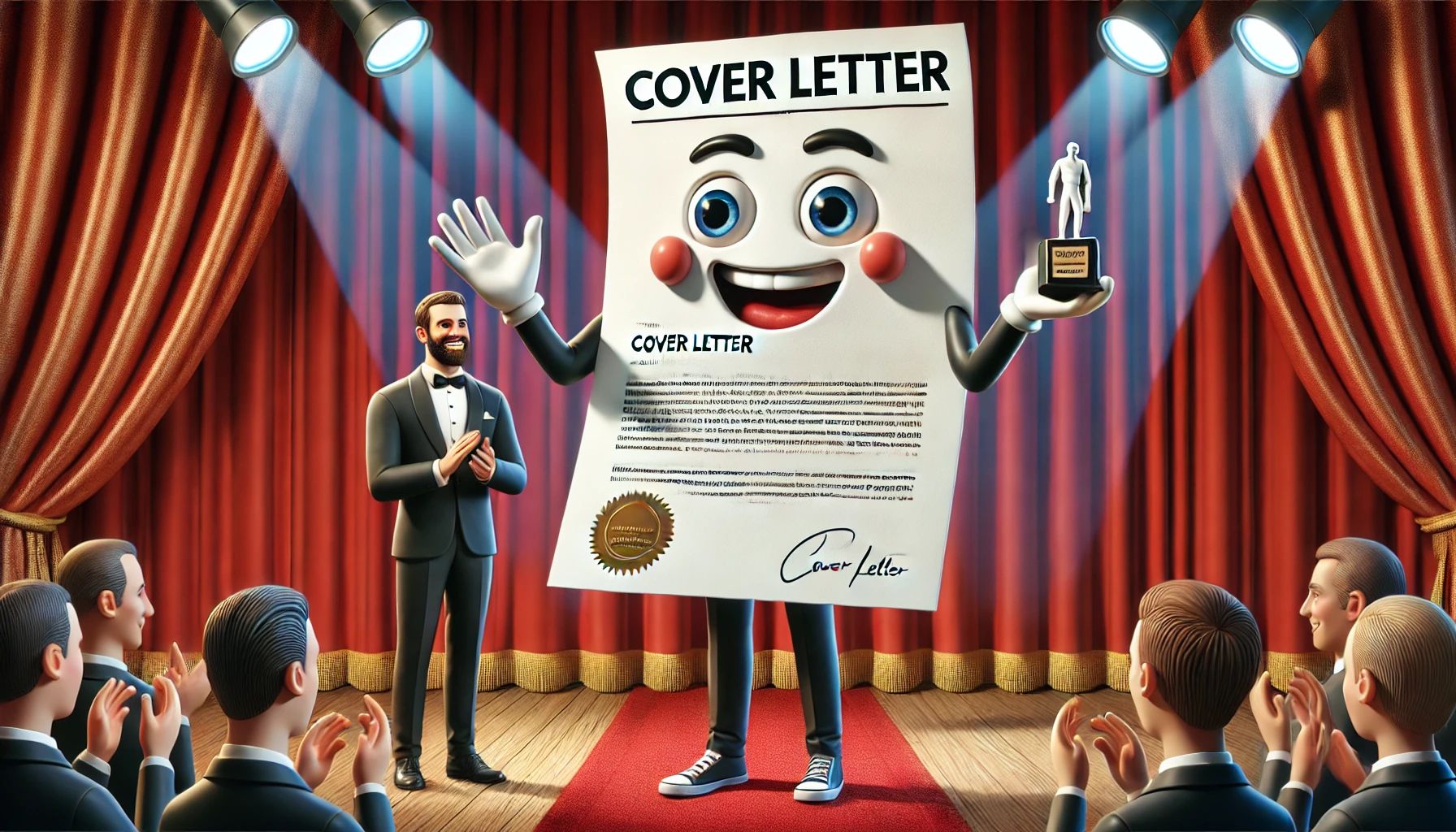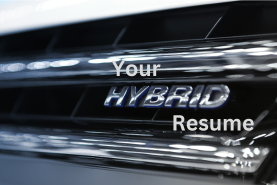
When your resume seems already packed to capacity, the resume update process can be frustrating. But it doesn’t have to be. Formatting and design aside, it is a matter of reassessing priorities and editing accordingly. Unless you already had plenty of room on that 2nd page, some things will need to be changed. The information below is just a little guidance on how to go about executing the update as cleanly as possible.
Convert any “Present” roles to “Past” with End Dates
When executing a resume update, I like to do this first. Why? It is easy to forget to go back and change verbs to past tense. Go ahead and get this slightly mundane task out of the way. Don’t forget the verbs in the middle of sentences as well. Some job seekers change those at the start of sentences and forget this.
Add The New Role
Once you’re done converting the most recent role in the resume to past tense, it’s time to add the new one. Add some blank lines above the aforementioned role. This gives you room to work with when adding the new position. To ensure consistency in formatting, duplicate the most recent roll by copying and pasting above it. Afterwards, delete the content only, leaving the resume formatting infrastructure intact. Copy and paste the raw material below that, and now you have something to work with to develop the new role. The resume update is about ensuring consistency in voice and language.
Duplicate the writing structure as best as you can When writing the new position out. After a successful resume update, you should not be able to tell the new content was entered at a different time than the rest of the document. Of course, the same resume writing rules apply. Develop your prose focusing on action and impact, brevity, and grammatical accuracy. Be sure to focus more on impact than tasks and duties.
Look for Opportunities to Trim Excess from the Resume
At this point of the resume update, you will usually find that you have gone over to the next page. If the resume has gone from 2 to 3 pages, you’re next task is to figure out what you can trim or eliminate to correct this. Always start with older positions. If the oldest one is now dated, perhaps it can be removed. If not removing an entire position, maybe the job description content can come out, leaving only highlights. What about other older positions, can one or two lines of job description be removed to buy enough space?
Consider Re-targeting Your Summary
Most of us are going through a resume update because we are seeking a new position. Are you looking for something consistent with the way this resume was originally developed? Or is your career going through a slightly (or drastically) different directions? This may be a good opportunity to review and make changes to your executive summary that best fits the role you are pursuing. Planning to make the transition into management or executive leadership? This is when you revamp this section to ensure you are focusing on the right qualities and skills the job targets command. In fact, if making the leap to a new level, you may need to go through the entire document to refocus on more leadership and managerial points then you may have in the past. Perhaps previous positions did not call for this.
Proof the Updated Resume
Once you have made all edits and changes, it is imperative that you proof the resume before sending it out. Nothing irritates hiring managers more than receiving error-riddled resumes and cover letters from job seekers. It tells them that it was not worth your time to go through your resume to correct obvious errors. And if this is the case, why should they take the time to even call you in? When proofing your resume, you want to do this in two steps. First, you want to go through the document reading for content and continuity. This is where we make sure our content and context is correct. Once completed, go through with your technical hat on and look for spelling and grammar errors, as well as consistency in spacing, margins, and font size and type.
Executing the proper resume update can sometimes be a little tedious. This is because you are attempting to integrate content that you are reader will not be able to distinguish from the original. But when done correctly, you should see consistent success in achieving interviews, the same as you did with the original resume. You’ll be starting your new job in no time. Good luck!




















